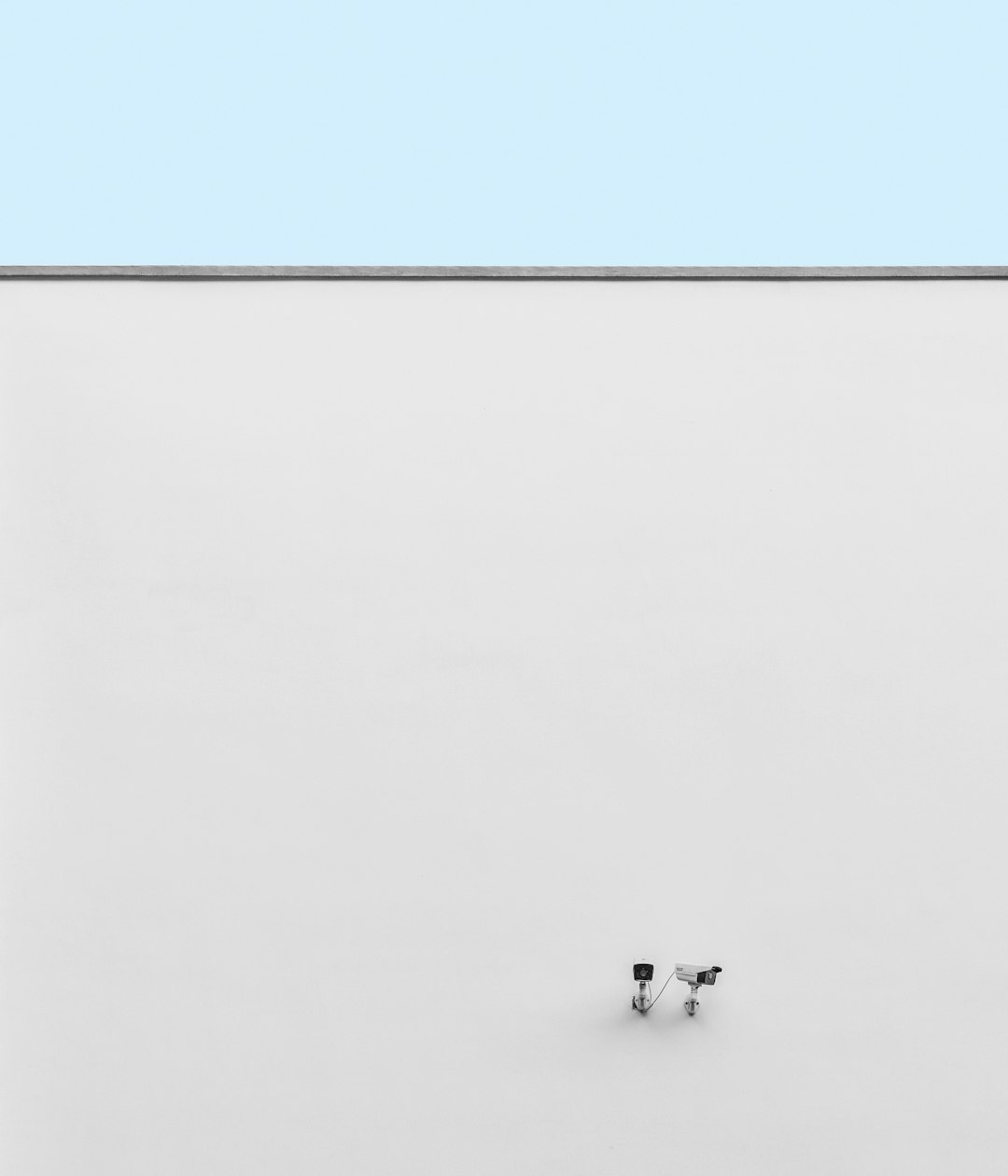In the rapidly evolving field of digital commerce, having a robust yet flexible Point of Sale (POS) system is essential for businesses that want to thrive both online and offline. Building a custom POS system from scratch may sound intimidating, but with the right tech stack, it becomes entirely feasible. A highly efficient combo is Flutter for the frontend, Laravel for the backend, and an intuitive admin panel for system control and management. This article outlines the process and components of building a complete POS system using these powerful tools.
Why Choose Flutter + Laravel?
Flutter, an open-source UI software development kit from Google, is ideal for creating cross-platform mobile and desktop applications with a single codebase. This drastically reduces development time and maintenance effort. On the other hand, Laravel, a robust PHP framework, simplifies backend development with elegant syntax, built-in tools like authentication and routing, and database migrations.
The combination of Flutter and Laravel offers several key benefits:
- Cross-platform support – Flutter apps run seamlessly on Android, iOS, Windows, macOS, and even on the web.
- Rapid development – Hot reload in Flutter and Laravel’s artisan CLI allow faster iterations.
- Scalability – Laravel scales well with large databases and concurrent API requests. Flutter handles complex UI animations seamlessly for user-friendly POS interfaces.
System Architecture Overview
A complete POS system typically comprises three interconnected modules:
- Flutter POS Application – Installed on cashier desktops or tablets to register sales, scan products, apply discounts, and print receipts.
- Laravel RESTful API Backend – Connects the frontend with the database, handles authentication, product inventory, transactions, and user roles.
- Admin Panel – A web-based interface to manage products, view reports, configure settings, and control user access.

Designing the Flutter POS Application
Your POS app’s usability can greatly impact store efficiency. Flutter’s widget system enables smooth and responsive UI components like barcode scanners, cart systems, and card payment integrations. Key features to include in the app are:
- Product search and filtering
- Barcode scanning (camera or external reader)
- Cart management with quantity adjustment
- Customer association and loyalty points
- Offline transaction caching
- Thermal printer support via Bluetooth or network
The app communicates with Laravel APIs via http or dio packages, using secured tokens for authorization.
Developing the Laravel Backend
Laravel brings strong security, routing flexibility, and a rich ecosystem of packages like Passport (OAuth2 authentication), Sanctum, and Laravel Excel. Backend components are designed to support:
- Database models for products, users, transactions, reports, tax rules, discounts
- RESTful or GraphQL APIs with versioning
- Role-based Access Control (RBAC)
- Scheduled tasks and job queues for background processing
You can also integrate third-party services such as SMS notifications, real-time inventory syncing, or cloud-based backup solutions with ease.
Creating the Admin Panel
An intuitive and comprehensive admin panel is crucial for business managers. Laravel offers packages like Laravel Nova, Filament, and Voyager for building admin UIs quickly. Alternatively, you can develop a custom Vue or React SPA, consuming the same APIs as the Flutter POS.

Features to implement in the Admin Panel include:
- Dashboard with sales KPIs
- Inventory and supplier management
- Daily transaction reports and auditing
- Employee roles and permissions control
- Discount campaign management
Deployment and Maintenance
The system can be deployed using popular cloud providers like AWS, DigitalOcean, or Linode. Use Docker containers for Laravel and supervisor processes to manage queues and background jobs. Flutter apps can be deployed to app stores or installed as desktop apps using tools like Flutter Windows or Electron shells.
To ensure security and performance:
- Use HTTPS with valid SSL certificates
- Implement data validation and sanitation
- Regularly backup your database and audit logs
Conclusion
Building a POS system with Flutter, Laravel, and an integrated Admin Panel offers both flexibility and power. It allows businesses to tailor a solution that fits their workflow perfectly while being future-proof with cross-platform support and scalability. While it involves a certain upfront development effort, the long-term benefits in terms of efficiency, cost-effectiveness, and integrated control are invaluable.
